Tea tree oil or melaleuca oil comes from the leaves of a small tree called Melaleuca alternifolia. The tree is native to Queensland and New South Wales, Australia. The plant has remained in use for at least 100 years in its native country. Moreover, for more than seven decades, tea tree oil has been documented in medical studies for its capability to kill viruses, bacteria, and fungi. The tea tree oil is renowned for its several medicinal properties and uses. Traditionally, it was used by Aborigines who used to crush the tea tree leaves and extract the oil. They used the oil as a medicine to treat coughs and colds.
Presently, the tea tree oil is available as 100 percent undiluted oil. Its diluted forms are also present in the market ranging from 5-50 percent concentration in skincare products. From being used in homemade cleaning products to being applied on the skin to heal infections, tea tree oil is being used widely for numerous reasons. It is both inexpensive and safe when used as prescribed.
Chemical composition
Tea tree oil is made up of terpene hydrocarbons, including monoterpenes, sesquiterpenes, and their associated alcohols. The chemical composition and physical properties of this oil are variable. Therefore, it is essential to determine the international standards to ensure that the oil can serve the purpose it is being used for. The international standard for the tea tree oil includes the maximum and minimum percentage values for 15 components, deemed as the most important ones. Whereas, the Australian standard for this oil focuses more on the levels of two components. As per this standard, the minimum content of terpinen-4-ol should be 30 percent, and the maximum content of 1.8-cineole should be less than 15 percent of the total volume.

The international standard sets out the criteria for six varieties, including a terpinen-4-ol chemotype, four 1.8-cineole chemotypes, and a terpinolene chemotype. The terpine-4-ol chemotype comprises the levels of terpinen-4-ol between 30 to 40 percent. It is the chemotype used in commercial production of the tea tree oil.
However, it needs mentioning here that the composition of this oil can change during storage. Exposure to light, air, heat, and moisture can affect the stability of the oil. Therefore, it has to be stored in dark, dry, cool conditions, preferably in a vessel containing little air.
Components like terpene hydrocarbons, sesquiterpenes, and monoterpenes are responsible for the antiviral, antifungal, and antibacterial activity. In total, there are over 100 different chemical compounds in tea tree oil. The hydrocarbons present in this oil are volatile, aromatic, and are capable of traveling through the air, skin pores, and mucous membranes. That is why this essential oil is used in aromatherapy. Based on its chemical composition, it is also applied topically to fight infections, kill germs, and soothe skin conditions.
History of tea tree oil
The native Australians have been using tea tree oil for centuries. The commercial industry of this oil evolved in the 1920s when an Australian chemist, Arthur Penfold, reported the oil’s medicinal properties. Penfold reported the oil’s benefits as a part of a larger survey of Australian essential oils having economic potential. In the earlier stage, the tea tree oil was extracted from natural bush stands of Melaleuca alternifolia. The oil contained an appropriate chemotype.
The plant material was cut by hand and distilled on the spot in wood-fired, mobile bush stills. The industry kept extracting oil in this manner for several decades. People deemed this oil very important because of its medicinal properties. The traditional use of oil was mainly to treat colds and coughs and heal skin-related problems. Legend has it that it was a part of the military kits for the Australian soldiers during World War II.
Commercial plantations of the tea tree started in the 1970s, and the industry began to mechanize and produce large quantities of the essential oil.
Extraction of oil
The widely adopted extraction method for tea tree oil is the steam distillation of the leaves and terminal branches of Melaleuca alternifolia. After its condensation, the clear to pale yellow part is separated from the aqueous distillate. This oil comprises 1 to 2 percent of the wet plant material weight. The industry has also considered alternative extraction methods like the use of microwave technology, but no such method has been used on a commercial scale.

Frequently asked questions
1. Are there research studies to prove the benefits of tea tree oil?
Yes, there are many research studies to prove the benefits of tea tree oil. The antibacterial properties of this oil were first reported in the form of a series of papers during the 1920s and 1930s.
2. Can you put tea tree oil directly on your skin?
Tea tree oil should be used with caution. Do not use it in full concentration. It is advisable to dilute it with a carrier oil, like lavender or olive oil.
3. Does tea tree oil kill fungus on the skin?
Tea tree oil is antifungal and can kill skin fungus. That is why it is used to relieve nail and skin fungal infections. However, the efficiency of tea tree oil may vary depending on how widespread the infection is. Moreover, tea tree oil is not always a better substitute to antifungal drugs.
4. Can tea tree oil be taken internally?
Tea tree oil can be toxic and hence should not be taken internally.
5. Does tea tree oil lighten skin?
Yes, tea tree oil works well for skin whitening. It is also useful in removing spots and blemishes from the skin.
6. Can I leave tea tree oil on my face overnight?
Yes, tea tree oil can be left on the face overnight. However, it should always be mixed with a carrier oil.

7. What does tea tree oil smell like?
Tea tree oil has a fresh, camphor-like smell.
8. What are the side effects of tea tree oil?
Tea tree is generally safe when used topically. However, the oral use of this oil should be avoided because it can be toxic when ingested. Ingestion of this oil even in little amounts can also cause confusion, reduced level of concentration, ataxia, and even coma.
Majority of the people can use this oil topically with no problem. But in some people, it can cause an allergic skin rash, itching, skin irritation, stinging, burning, scaling, redness, and dryness. People with acne and eczema along with those having sensitive skin should do a patch test before applying it fully.
The oil can develop dermatitis in some people while in others it helps cure the condition.
Tea tree oil with lavender oil may also not be safe for boys who have not reached puberty yet. Moreover, it should be kept out of reach of children. It is also not suitable for use on pets.
Tea tree oil benefits for skin
Tea tree oil holds many benefits for skin, as it can relieve the symptoms of fungal, viral, and bacterial infections. Here are the skin-related benefits of this essential oil.
1. It has antibacterial and antifungal properties
Tea tree oil contains many components that have antibacterial properties. According to many studies, the oil’s major active component, terpinen-4-ol has strong antibacterial properties. Other minor oil components are also antibacterials. The antimicrobial activity of tea tree oil has remained the center of attention to the research on this essential oil. A series of papers were published in the 1920s and 1930s that focused on the antimicrobial activity of the oil, after which use of tea tree oil became common. Researchers found that tea tree oil’s antimicrobial activity is more effective than several other essential oils.
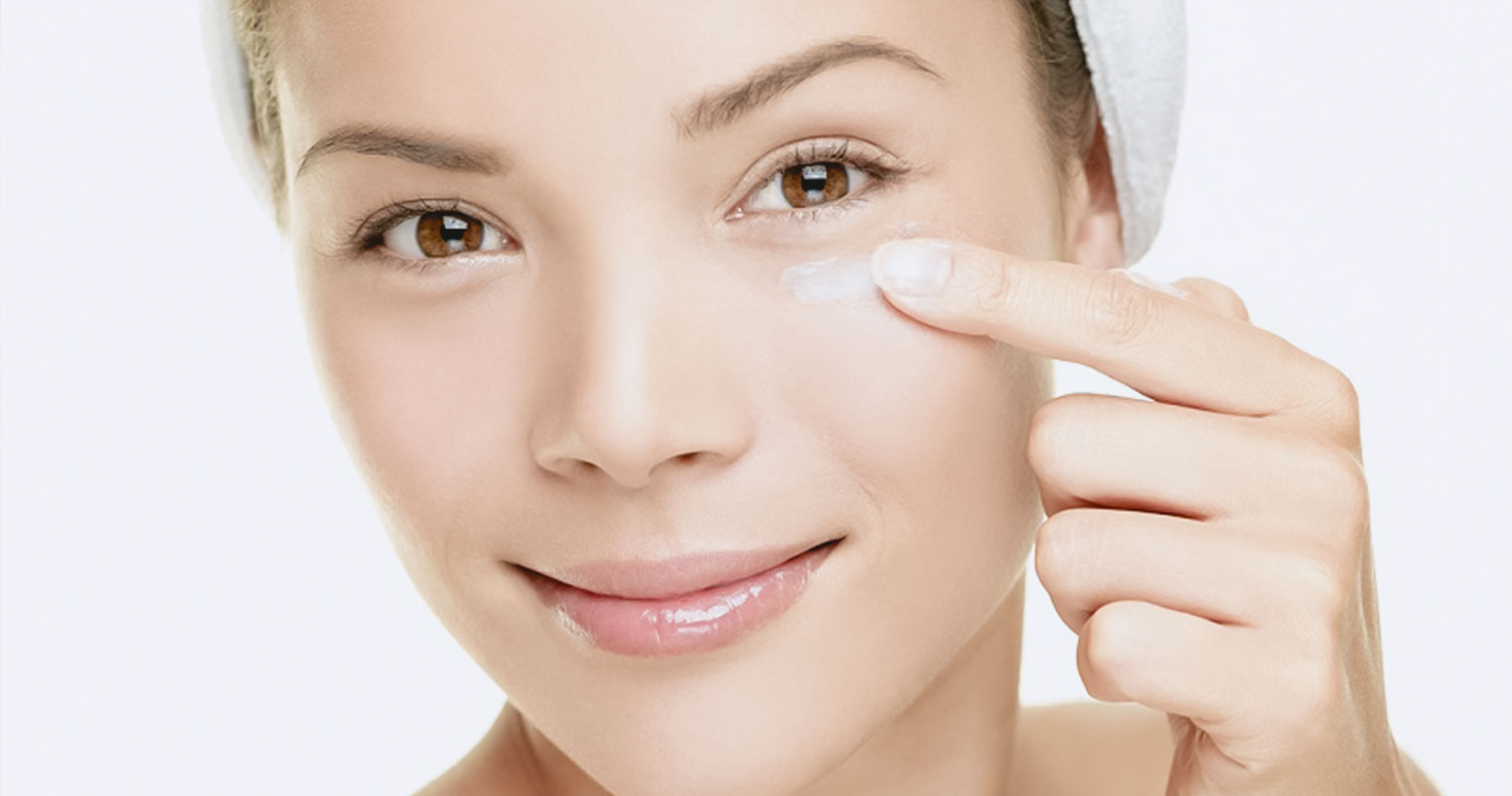
The contemporary data also supports the premise that tea tree oil has strong antibacterial, antiviral, antifungal, and antiprotozoal properties. Studies have found that most bacteria are vulnerable to this oil at concentrations of 1.0 percent or less. A scientific review on the oil, published in Clinical Microbiology Reviews, shows that tea tree oil can be used to fight various infections, including athlete’s foot because of its antibacterial, antifungal, and antiviral properties. These results have also been shown in a few human studies, anecdotal reports, and lab studies.
Because of its antifungal properties, the oil can help fight or prevent fungal infections like jock itch, candida, and toenail fungus. The oil can also help remove warts. According to a 2008 case study, topical application of tea tree oil once a day for 12 days on a wart can make it disappear.
2. It can help prevent antibiotic resistance
Evidence has it that essential oils like tea tree oil and oregano oil can help prevent antibiotic resistance. These oils are powerful antibacterial agents and can be used as a replacement to conventional medications because they do not have adverse side effects. However, strong and widespread bacterial infections require immediate medical attention. According to research published in the Open Microbiology Journal, essential oils like tea tree oil have a positive synergistic effect when combined with the typical antibiotics. Experts are positive that this research means essential oils can help prevent the development of antibiotic resistance. The research holds significance in modern medicine because antibiotic resistance is a growing concern. It can lead to treatment failure, the spread of infection, and increased healthcare costs.
3. It helps treat dry skin
Tea tree oil can help alleviate the itching and irritation caused by dry skin. Moreover, some studies have shown that the oil can be more effective than the conventional creams like clobetasone butyrate and zinc oxide used to treat a skin condition – eczema. The oil’s use on dry skin also prevents bacterial activity and thus, improves the overall skin health. However, tea tree oil should always be applied by diluting it with a carrier oil or a moisturizer.
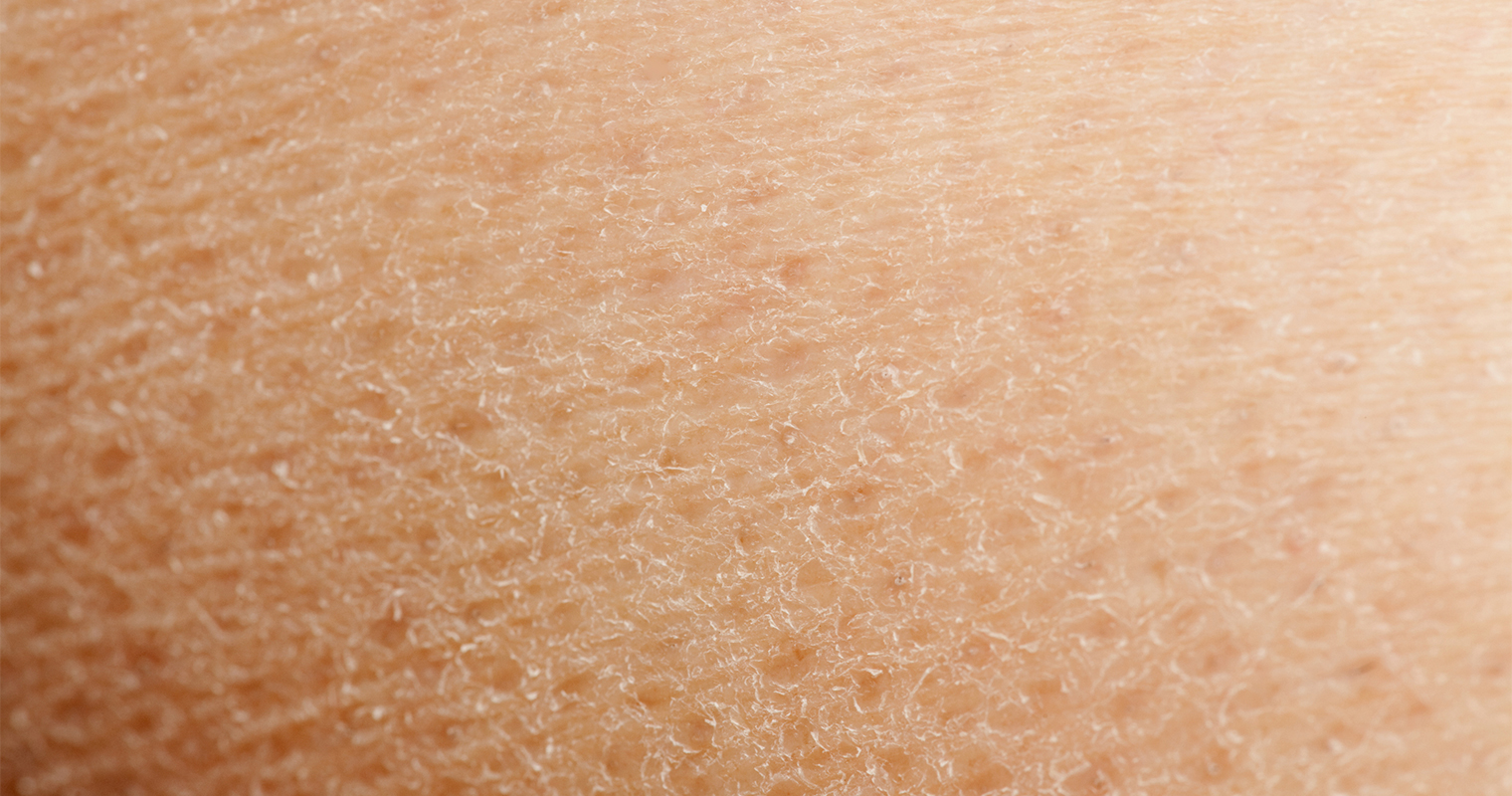
Skincare Products for Dry Skin
Many products are available to address the needs of dry skin directly. BLACK PAINT designed two skincare products with tea tree oil, which helps with the dry skin. The unique feature of these products is that they are made of natural and certified organic ingredients. They contain no alcohol or artificial ingredients.
Koicha Tea Soap is a facial cleanser that targets the issues of dry skin. The soap also has skin-brightening effects. Because of its tea tree oil content, it keeps the skin hydrated even after cleansing. Moreover, it prevents any bacterial activity and leaves no room for the appearance of wrinkles associated with dry skin.
Soak the soap in warm water before use. Wait until the soap’s surface melts. Apply directly on the face like painting and avoid the eye area. Massage the face for around 30-40 seconds and rinse off. This will keep your skin moisturized for the day.
Ostrich balm is a moisturizer designed for dryness and skin repair. Its tea tree oil content keeps the skin hydrated throughout the day and replaces lost moisture. By keeping the skin hydrated, this balm restores skin elasticity. Take a bean-sized amount of Ostrich Balm and apply directly on face. Massage for a few seconds while focusing on the dry areas like the mouth and eyes.
German blue is an anti-dryness, anti-scar serum that nourishes and deeply moisturizes the skin. Its tea tree oil content makes it a suitable choice for dry, scarred skin. The oil has antibacterial, antiseptic effects and can reduce scarring as well. It also helps relieve skin inflammation, like in eczema.
Apply 2,3 drops of German Blue on the face. Massage while focusing on the affected areas. The product gives better results when applied twice a day.
4. It is useful for itchy and/or oily skin
The oil’s anti-inflammatory properties make it useful in alleviating the effects of itchy skin. The oil soothes the skin and can help heal infections responsible for the itch. A small study in 2012 showed that tea tree oil effectively soothes itchy eyelids.
This essential oil also helps reduce redness and swelling. Research proves that the oil relieves the skin dermatitis, which is caused by allergens like nickel. In fact, a study comparing the effects of different treatments for contact dermatitis found that the tea tree oil can reduce the symptoms by 40 percent. It is more than the standard medications applied to treat the condition.

Moreover, the tea tree oil has antiseptic properties and thus can combat the oily skin. A small study in 2016 found that participants using a sunscreen with tea tree oil for 30 days saw an improvement in their skin.
5. It helps heal cuts and wounds
The antibacterial properties of tea tree oil render it a perfect wound healer. A 2013 study shows that essential oil helps heal the wounds left by bacteria. Nine of the ten participants used tea tree oil along with conventional treatment. The healing was faster when the combination of oil and the conventional ointment was applied.
The oil can also alleviate the bug bite reactions by relieving the redness, itchiness, and swelling. These reactions arise when the human body releases histamine to protect against the bug’s saliva.
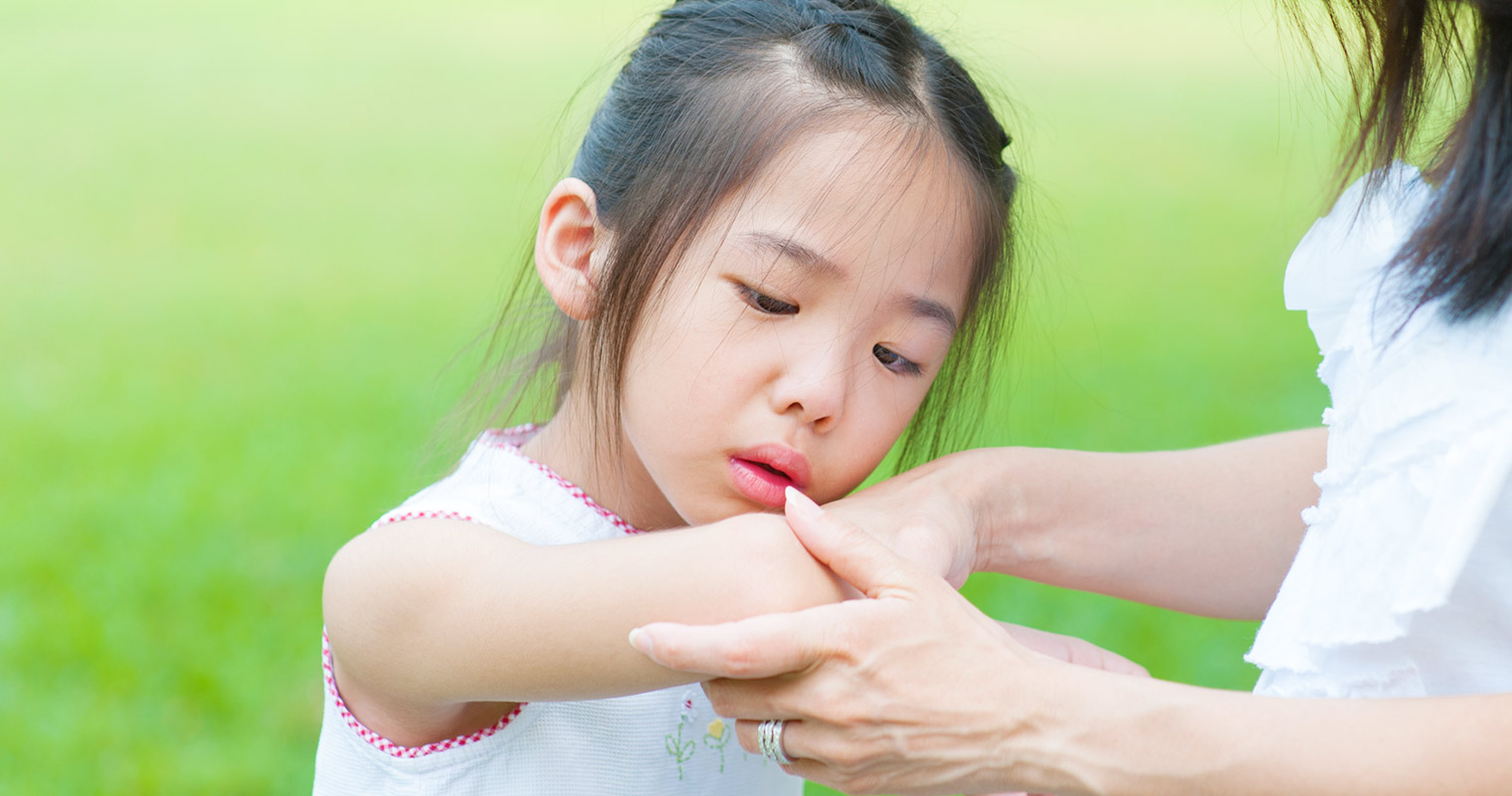
6. It helps fight acne
Tea tree oil also helps a lot with acne. Many studies have shown that it helps reduce the intensity of acne. One research found that applying a 5 percent tea tree gel on acne marks is over three times as effective at reducing the marks as a placebo. Moreover, it is nearly six times as effective in alleviating the severity.
Another study has shown that the essential oil is as effective in relieving acne as benzoyl peroxide, the widely used medication for acne. The study found that applying a 5 percent tea tree oil gel can be as effective as 5 percent benzoyl peroxide in treating acne. The essential oil may seem to be working slowly than benzoyl peroxide, but it will be less irritating for the skin. Applying the oil twice for 45 days can reduce acne symptoms, including its severity.

7. It helps eliminate nail fungus
Tea tree oil can help reduce fungal nail infection. It tends to give better results when combined with other natural remedies. A controlled study found that the use of tea tree oil on nail fungus can partially or fully resolve the issue. Always mix the oil with a carrier oil before applying to the skin. In case of applying to the fungal area, wash hands immediately after application to avoid the fungus spreading to other areas.
Applying 100 percent concentration of tea tree oil solution twice a day for six months can help cure the fungal toenail infection. It has given positive results in 18 percent of people who applied the tea tree oil solution. The topical application of the oil solution can improve the symptoms in around 56 percent of patients after three months and 60 percent of the individuals after six months. It can be as effective as the daily application of one percent solution of clorimazole, an antifungal drug.
On note, lower concentrations of the tea tree oil have not been that effective. Evidence has it that topical application of 5 percent of the oil cream thrice a day gives no significant results. Therefore, the concentration of oil plays a vital role in relieving the symptoms of fungal nail infection.
8. It helps relieve athlete’s foot symptoms
Because of the antifungal properties of tea tree oil, it can help relieve the symptoms of athlete’s foot, which is a fungal infection on the feet. The condition is medically known as tinea pedis. It can also spread to hands and toenails. Its symptoms include cracking, peeling, redness, and blisters. While antifungal medications are available to treat this condition, many studies indicate that tea tree oil can also effectively relieve its symptoms and can be used as a natural alternative.
A controlled study of 158 people found that 72 percent of the tea tree oil group underwent prominent clinical improvement in athlete’s foot. Another study found that oil helped alleviate inflammation, scaling, itching, and burning, just like antifungal medicines. Although not as effective at actually treating the fungus as antifungal drugs, tea tree oil still counts as a home remedy to relieve the symptoms of the said disease.
9. It helps relieve symptoms of psoriasis
Psoriasis is an autoimmune disease marked by red, scaly, itchy skin. While the condition is chronic and has no permanent cure, several medications are available to improve its symptoms. Tea tree oil is also effective in relieving Psoriasis symptoms, as it contains anti-inflammatory compounds. Emerging evidence supports the premise. Apply the oil mixed with melted coconut oil on the affected area two to three times a day.

Tea tree oil for hair
Tea tree oil is believed to improve the overall health of the scalp and hair. It can also alleviate several hair-related issues.
1. It helps with seborrheic dermatitis
Seborrheic dermatitis is a skin condition characterized by dandruff and scaly patches on the scalp. Research proves that tea tree oil can alleviate the symptoms of this condition. Researchers examined the efficacy of 5 percent tea tree oil shampoo in people with mild to moderate dandruff. After four weeks of the treatment, 41 percent of participants using the essential oil shampoo showed improvement. Researchers also noted that people experienced improvement in itchiness and greasiness after using the tea tree oil shampoo.
2. It improves scalp health
Tea tree oil is very beneficial for the scalp and hair health. It has the ability to soothe dry and flaking scalp. Its antibacterial and antifungal properties help keep infections at bay. The oil gives better results when combined with aloe vera gel, coconut milk, and other essential oils like lavender oil.
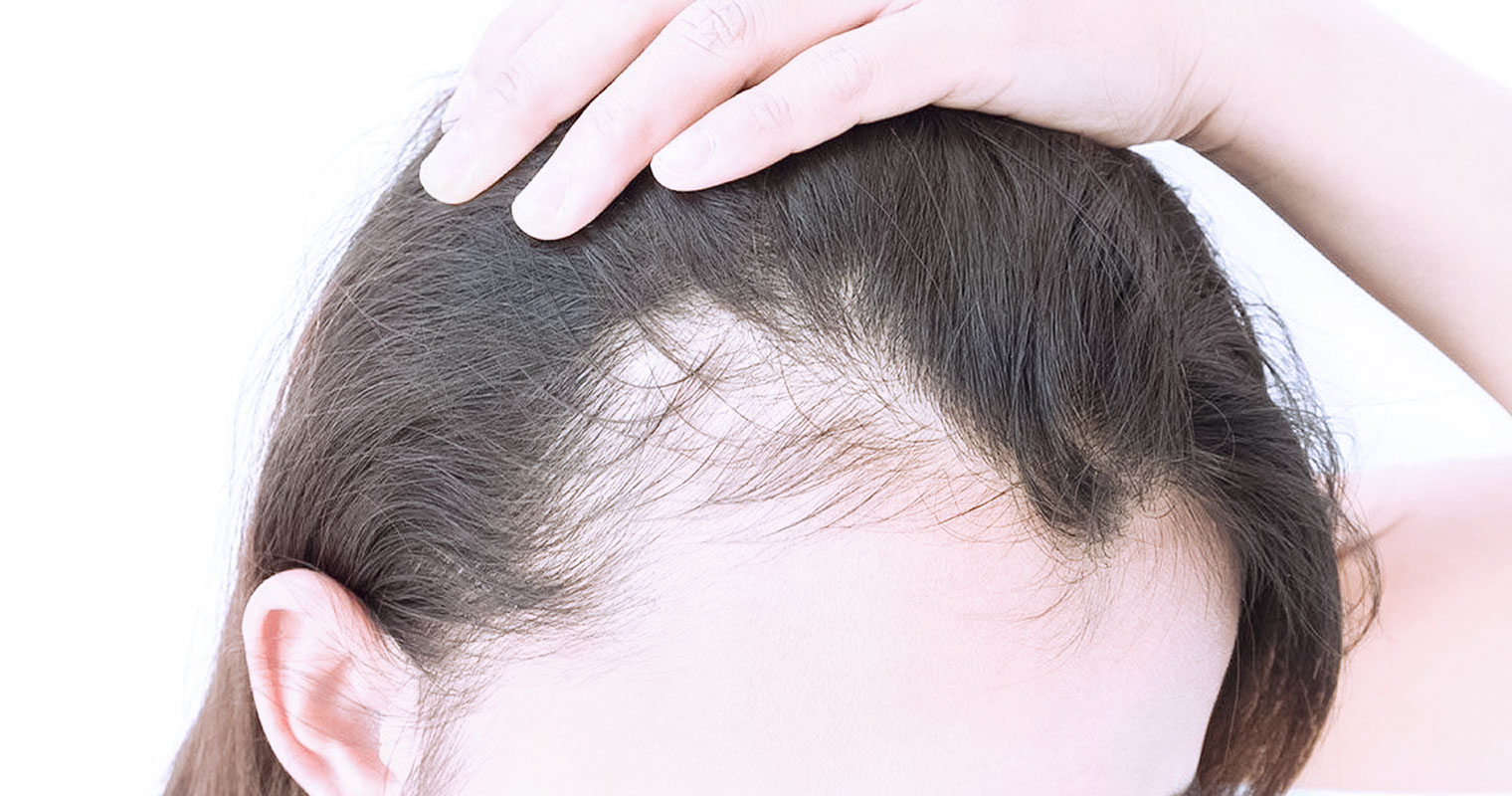
3. It is a natural lice repellent
Early research shows that tea tree oil can repel lice. When combined with lavender oil, this essential oil kills lice eggs and reduces the number of lice. However, it remains unknown whether tea tree oil can have this effect alone or only the two oils’ combination can reduce the number of lice. According to the anecdotal evidence, coconut oil, ylang ylang, and tea tree oil can help getting rid of lice.
A lab study in Italy examined the effects of tea tree oil on the lice and eggs. The oil was used alone as well as in combination with nerolidol. It was tested at different ratios against 187 lice eggs and 69 head lice in six months. The study found that tea tree oil alone is more effective against head lice. It found that the treatment has 100 percent mortality after exposure of 30 minutes. Moreover, a higher concentration of the essential oil killed 50 percent of the eggs. When combined with nerolidol at a 1:2 ratio, the oil killed all the head lice within 30 minutes and aborted the eggs after five days of treatment.
4. It helps control dandruff
Tea tree oil can be helpful in getting rid of those white flakes of dead skin falling from the scalp. There is no sufficient scientific evidence to prove that the essential oil can treat dandruff. However, one controlled study has shown that it can be helpful in alleviating dandruff. This four-week study included a group that used a shampoo with the oil and experienced a 40 percent reduction in dandruff. Moreover, the tea tree group also experienced significant improvement in the severity of dandruff, greasiness, and itchiness.
The research suggests that the application of a 5 percent tea tree oil shampoo daily for four weeks reduces scalp itchiness, greasiness, and lesions in people having dandruff.

Tea tree oil as insect repellent
Tea tree oil is not just known for its antiseptic and anti-inflammatory properties. It is also known as an insecticide and is used as an insect repellent in many households. Several recent studies also back the claim that the essential oil can be an effective insect repellent. Field-testing indicates that repellents with tea tree oil as an ingredient are effective against bush flies, mosquitoes, and biting midges.
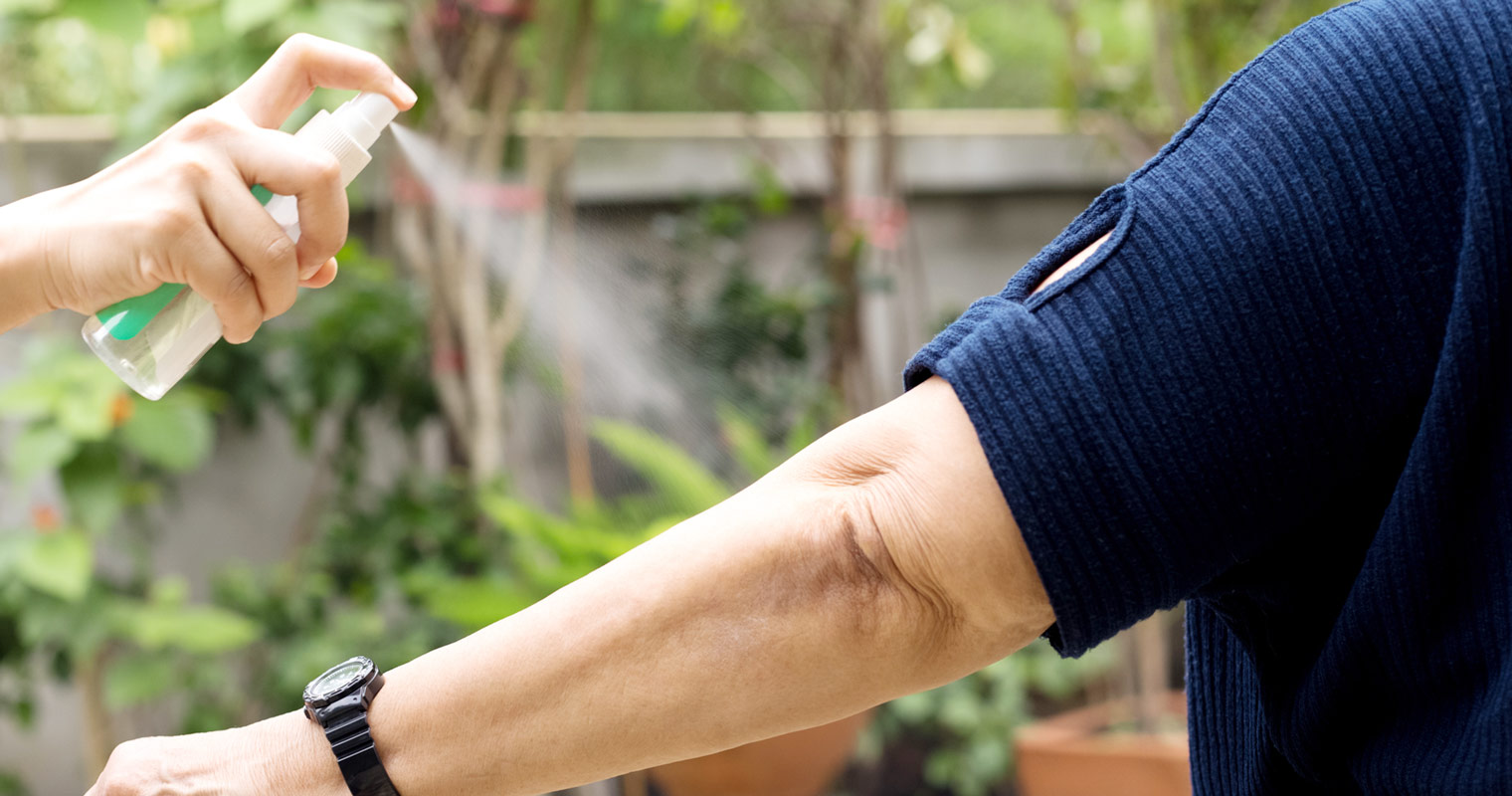
Anecdotes also suggest that the oil keeps the insects at bay. Moreover, one study noted that cows treated with tea tree oil had 61 percent fewer flies than the cows not treated with the oil. Another test-tube study shows that essential oil is more effective at repelling mosquitoes than DEET (N, N-diethyl-meta-toluamide), the most common and major ingredient in commercial insect repellents.
Tea tree oil use in aromatherapy
Tea tree oil is one of the most popular oils for aromatherapy because of its effectiveness. It is known to strengthen the immune system, fight infections, and have healing powers. Being a natural immune booster, the essential oil is used to tackle several kinds of infections and heal many skin conditions. The oil works to relieve burns and cuts and soothe cold sores, muscle aches, and respiratory conditions. For aromatherapy, it is mostly used in an oil diffuser.
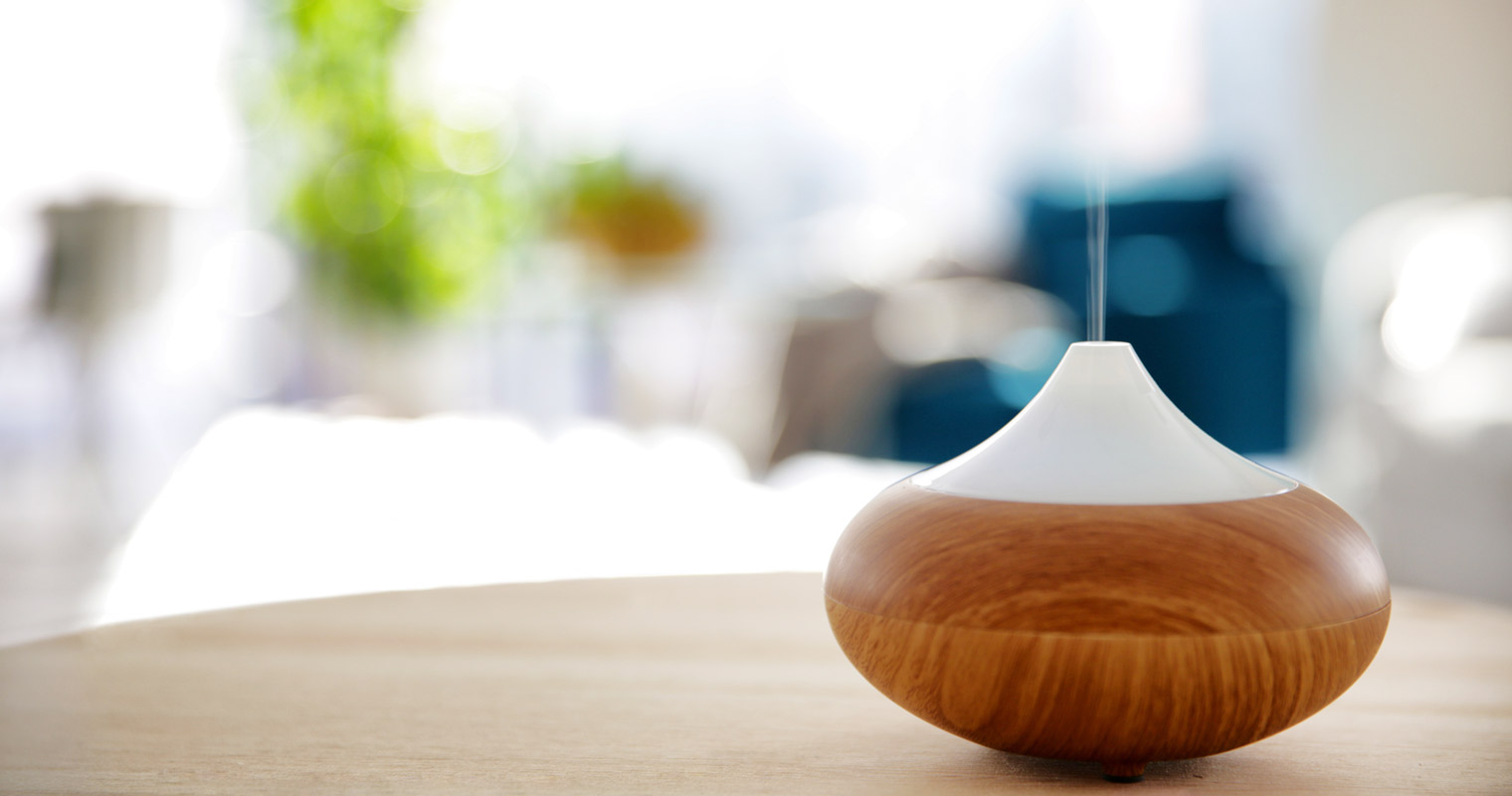
The oil is used in aromatherapy to improve the quality of sleep. It tends to stimulate neural activity in the brain and thus trigger the release of dopamine and serotonin. These two hormones are crucial for sound sleep. It is also used to ease respiratory issues. It can alleviate the severity of cough and cold. Aromatherapy with tea tree oil helps inhaling the essential oil that relieves any inflammation in the respiratory tract. Oil diffuser containing tea tree oil also improves the room’s ambiance because of its pleasant smell. It helps the person feel calmer and more cheerful. Therefore, it a suitable choice for aromatherapy to reduce anxiety and stress.
However, one should avoid internal use of the oil or that around eyes and nose.
Home remedies with tea tree oil
Apart from its medicinal uses, tea tree oil is also famous for many other purposes. Here are a few effective home remedies that involve this essential oil.
1. Natural Deodorant
Tea tree oil is a perfect answer to body odor. Some people give off a strong smell when they sweat. However, sweat itself does not smell. The secretions from the sweat glands mix with the bacteria on the skin and produce moderate to strong smell. The underarm area has a large concentration of these glands and is the major contributor to the perspiration related odor. The essential oil can be helpful in this situation, as it has antibacterial properties. It is a natural substitute for commercial antiperspirants and commercial deodorants.
2. Natural Hand Sanitizer
Because of its antibacterial, antiviral, and antiseptic properties, tea tree oil makes an ideal hand sanitizer. Many studies have shown that it tends to kill common bacteria and viruses. A study examining different hand wash found that adding the essential oil to the cleansers improves their effectiveness against E. coli, a type of bacteria that lives in the intestines. The oil also protects against microbes responsible for causing pneumonia and influenza.

3. Ointment for Cuts and Scrapes
Tea tree oil has antiseptic properties and thus can offer relief in broken skin. As it fights bacteria, the oil also prevents germs from entering the bloodstream through the damaged skin. According to a study, the oil can alleviate and disinfect minor cuts and abrasions. It exterminates S. aureus, a type of bacteria present in the respiratory tract and on the skin along with the other bacteria that cause infection in open wounds.
Not only it can heal minor cuts, but it can also speed up the healing of wounds. According to research, the oil helps relieve inflammation and stimulates the activity of white blood cells. Another small study of ten people with wounds has shown that adding the oil to conventional medicines for healing wounds accelerates the healing time. Nine out of ten participants showed positive results. Note that tea tree oil is not suitable to use for deep cuts.
4. Mouthwash
Tea tree oil is a natural mouthwash. Evidence has it that the oil fights germs that cause bad breath and tooth decay. One study noted that the oil is more effective in fighting with plaque-causing bacteria than chlorhexidine—a common oral rinse and disinfectant. What is more, is that the oil’s taste is more bearable than chlorhexidine. On note, this essential oil is dangerous to swallow and can be toxic if ingested.
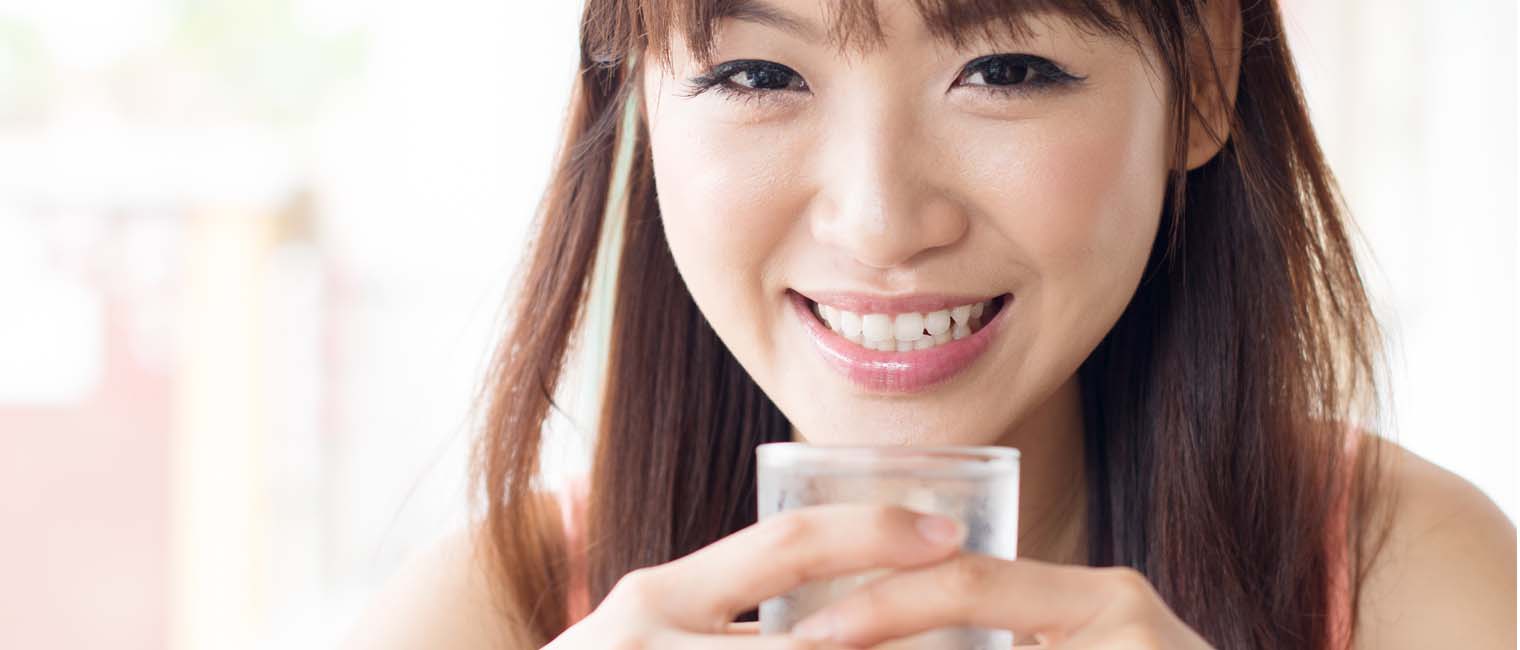
5. All-Purpose Cleaner
Tea tree oil acts as a great all-purpose cleaner, as it can sanitize surfaces. Being chemical-free, the oil is safer to use than the commercial cleaners. It keeps the insects away and also removes the germs from the surfaces. The oil gives better results when mixed with apple cider vinegar.
References
https://www.mayoclinic.org/drugs-supplements-tea-tree-oil/art-20364246
https://www.webmd.com/vitamins/ai/ingredientmono-113/tea-tree-oil#
https://www.healthline.com/nutrition/tea-tree-oil#section15
https://www.healthline.com/health/tea-tree-oil-for-skin#types
https://draxe.com/tea-tree-oil-uses-benefits/
https://www.ncbi.nlm.nih.gov/pmc/articles/PMC1360273/
https://www.hindawi.com/journals/bmri/2015/590470/
https://www.sciencedirect.com/science/article/pii/S1021949813000082 https://www.sciencedirect.com/science/article/pii/S1021949813000082
http://www.aromatherapy.com/most_popular.html</p?


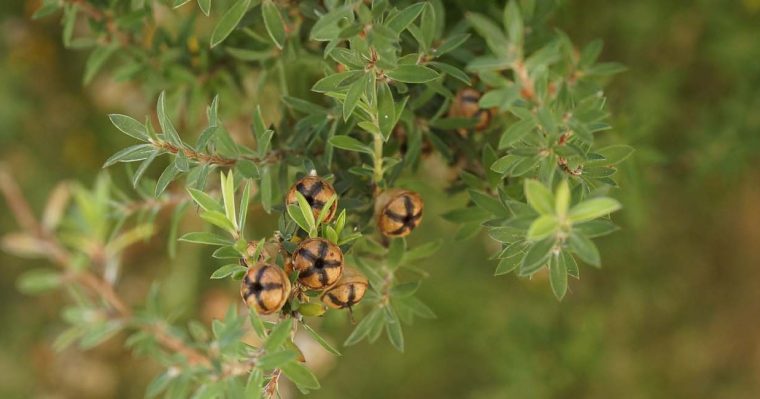
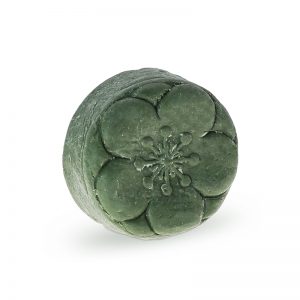 Koicha Tea Soap
Koicha Tea Soap 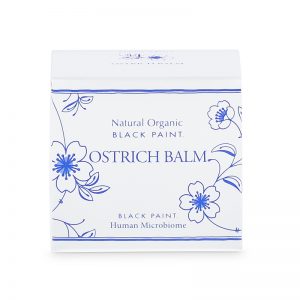 Ostrich Balm
Ostrich Balm German Blue
German Blue



